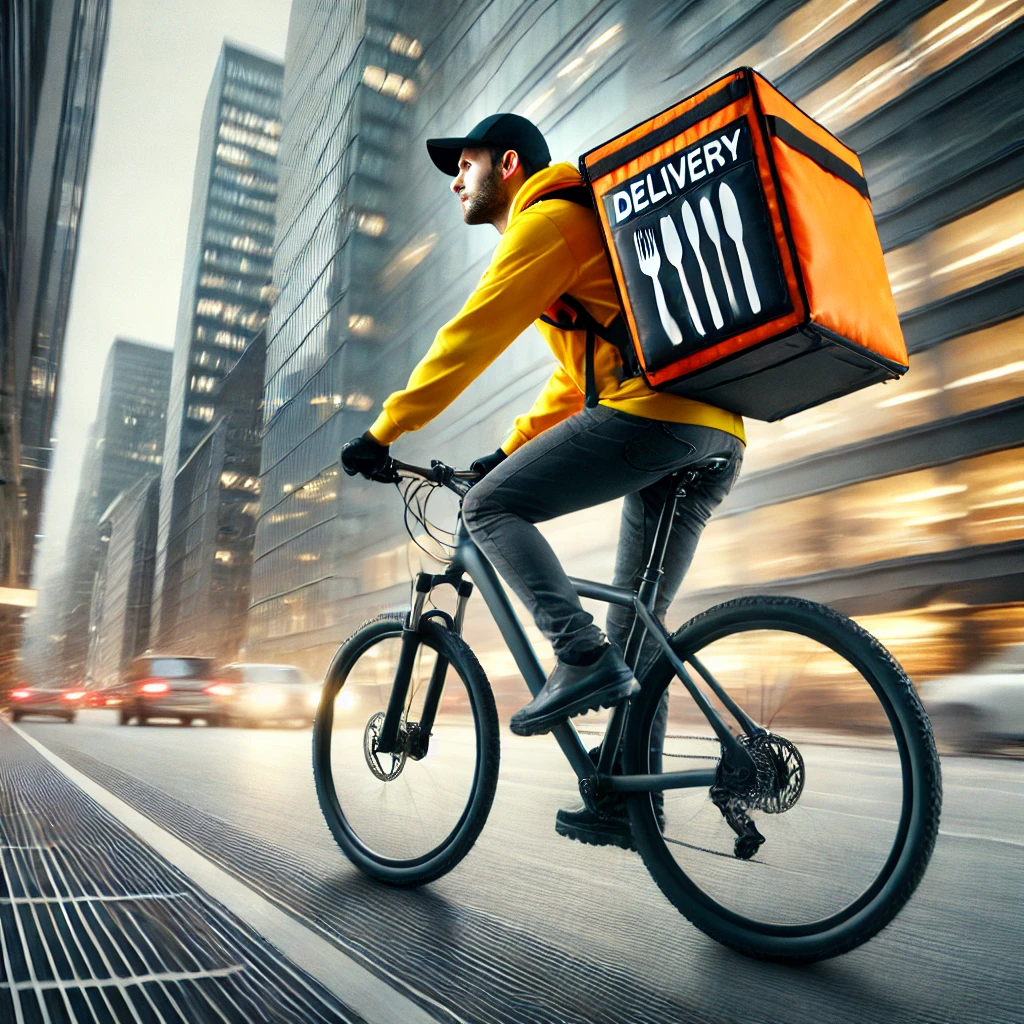The food delivery service industry has exploded over the last decade, thanks to tech, convenience, and a shift in consumer habits. What used to be a Friday night pizza call is now a daily go-to for millions of people ordering everything from sushi to smoothies. But behind the slick apps and endless menus, this industry is facing serious challenges—and big changes are coming.
Convenience Won. Now What?
The pitch was simple: tap a few buttons, get hot food at your door. Services like Uber Eats, DoorDash, and Grubhub made that happen. For customers, it’s been a win. For restaurants and drivers? It’s complicated.
Restaurants often give up 15–30% of each order in commission fees, cutting into already thin margins. For many, delivery is no longer a nice extra—it’s a lifeline. But it’s also a risk. If delivery doesn’t generate profit, it’s just feeding the apps, not the restaurant’s bottom line.
Drivers, too, face pressure. They’re classified as independent contractors, which means no benefits, inconsistent pay, and unpredictable schedules. Tips often make or break their income. And while customers see a delivery fee, most of that doesn’t go to the driver.
The Pandemic Spike and Its Aftermath
COVID-19 supercharged food delivery. Lockdowns forced people to stay home and restaurants to go all-in on takeout. Apps made record profits. But the growth wasn’t sustainable. As the world reopened, order volumes dipped, and companies that had scaled up fast started pulling back—cutting staff, raising fees, and trying to stay afloat.
Now, the industry is recalibrating. Investors want profit, not just growth. That means fewer promotions, higher delivery fees, and tighter margins for restaurants and drivers.
What’s Next?
Three things are shaping the future of food delivery:
-
Tech Consolidation
Mergers and partnerships are common now. Expect more consolidation as smaller platforms struggle to compete with giants. -
Ghost Kitchens & Virtual Brands
More restaurants are skipping storefronts altogether. Ghost kitchens operate solely for delivery, cutting real estate costs and focusing on efficiency. -
Regulation Pressure
Cities like New York and San Francisco are cracking down on commission fees and gig worker protections. If legislation spreads, the whole business model may need to change.
Final Thought
Food delivery isn’t going anywhere—but the current system isn’t built to last. Customers love the convenience, but someone always pays for it. As the industry matures, the focus will shift from growth-at-all-costs to finding a model that works for everyone involved—especially the people cooking and delivering your food.

